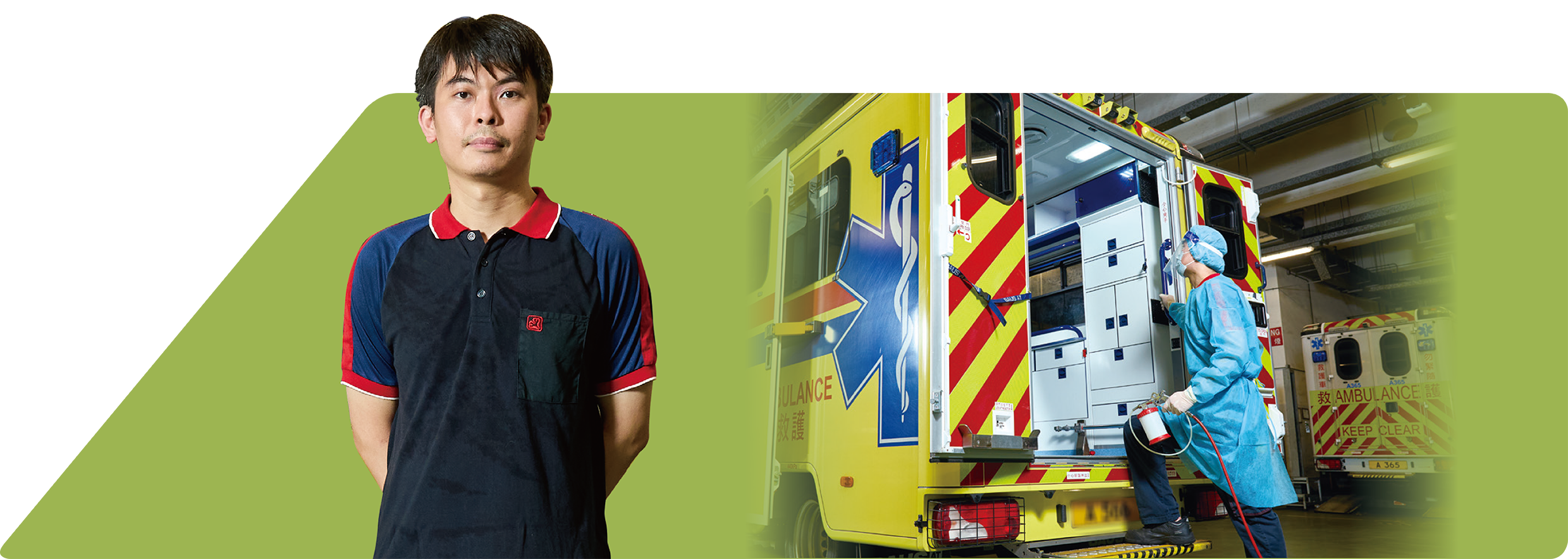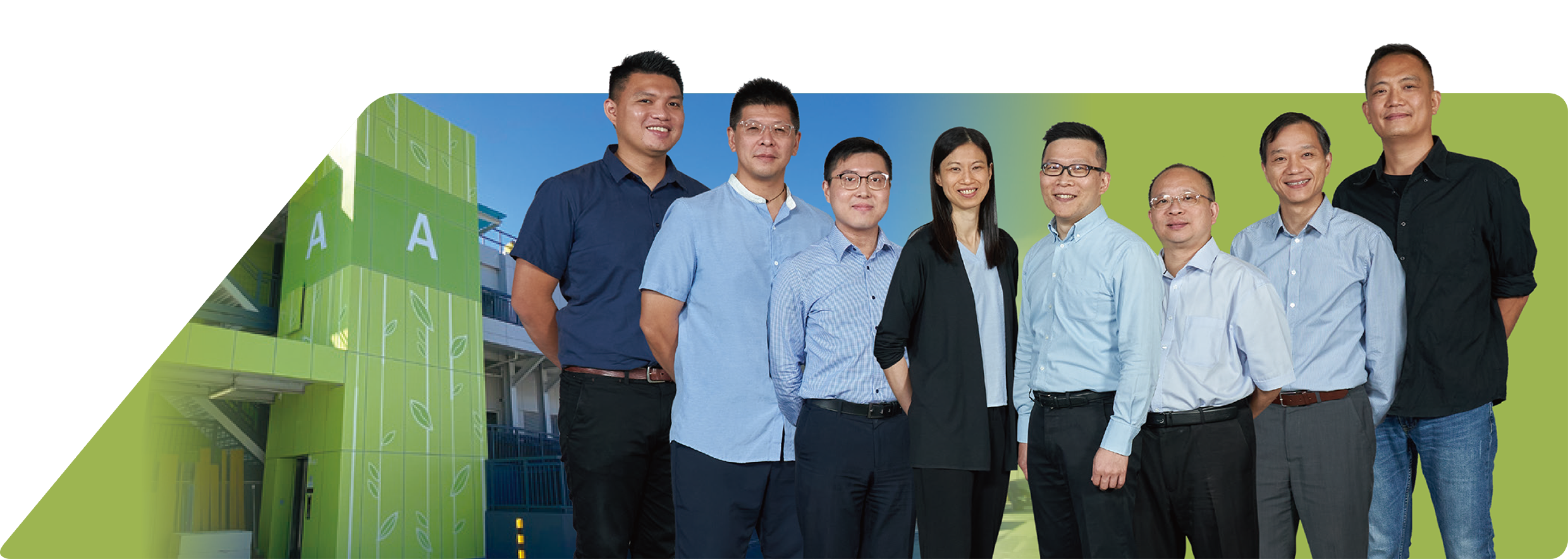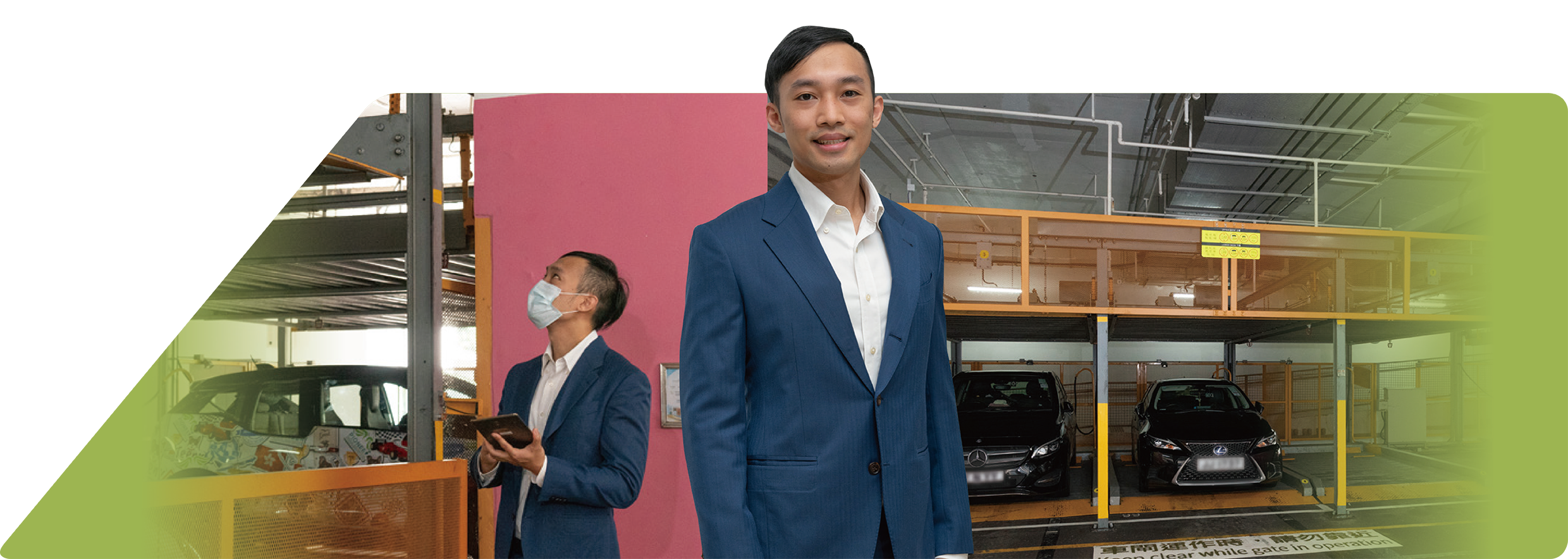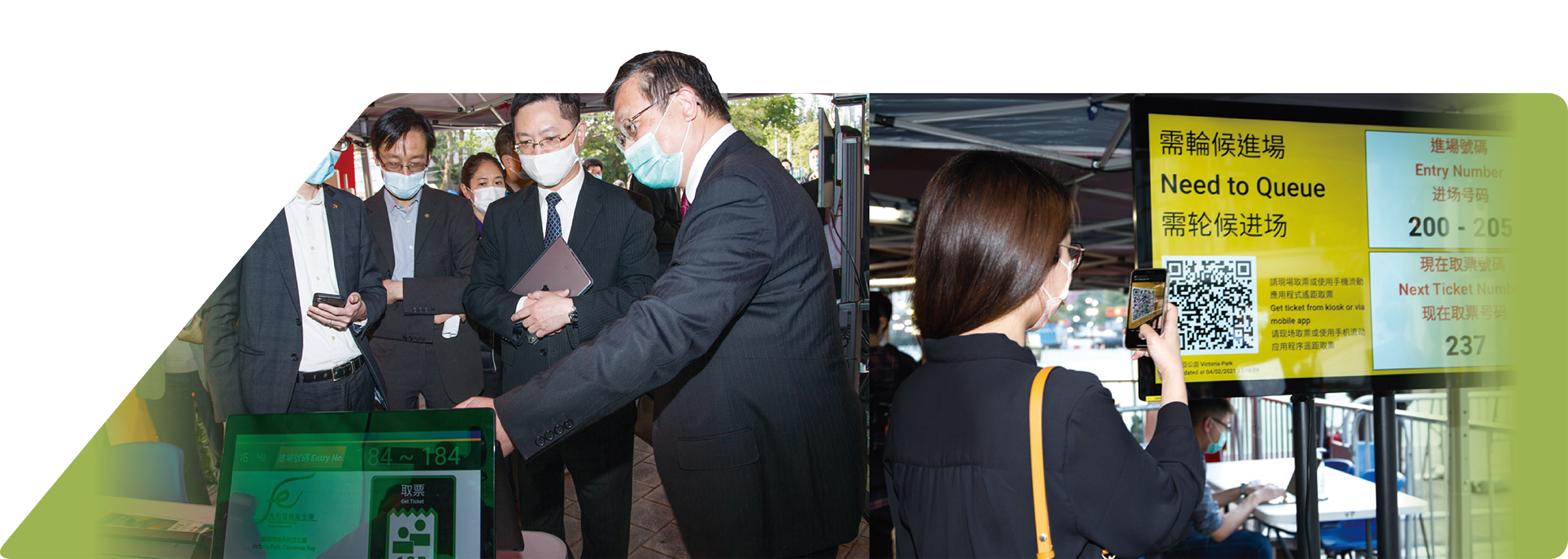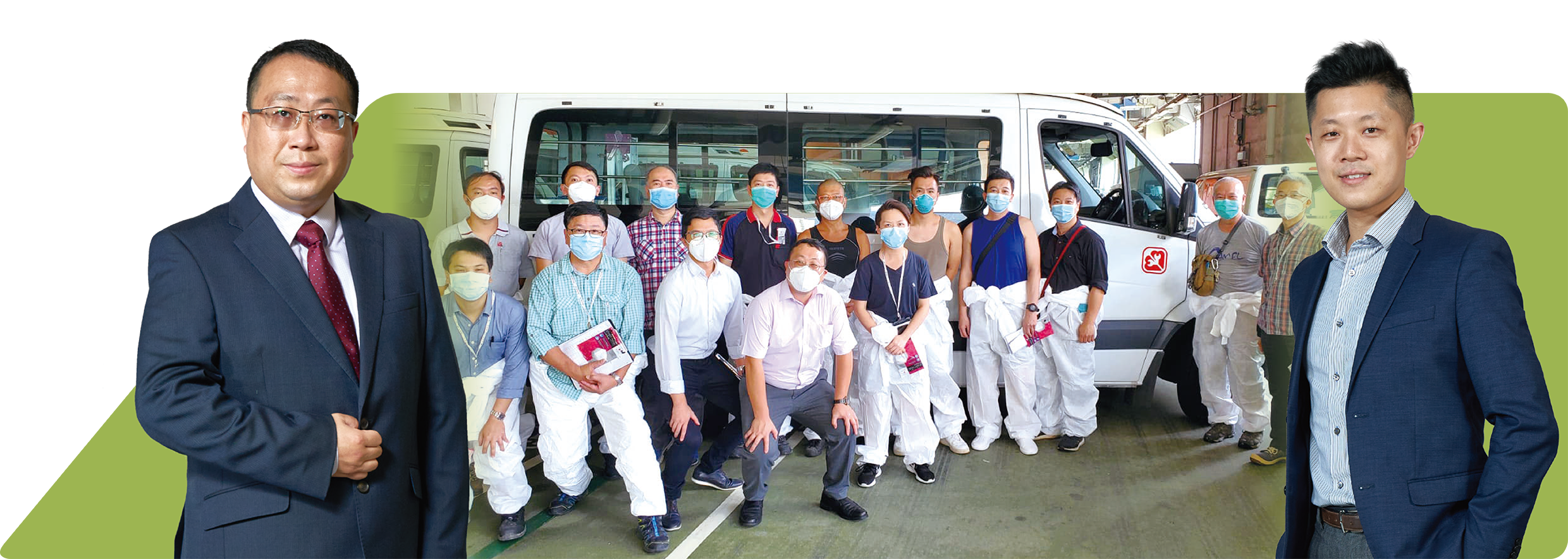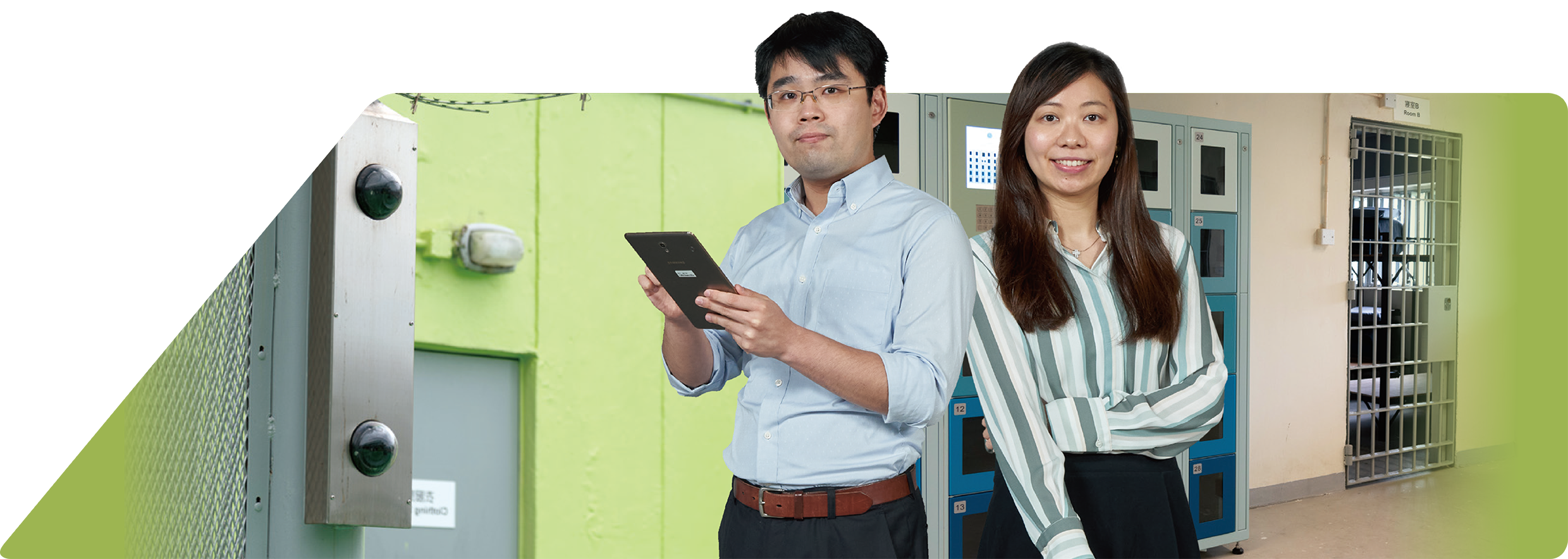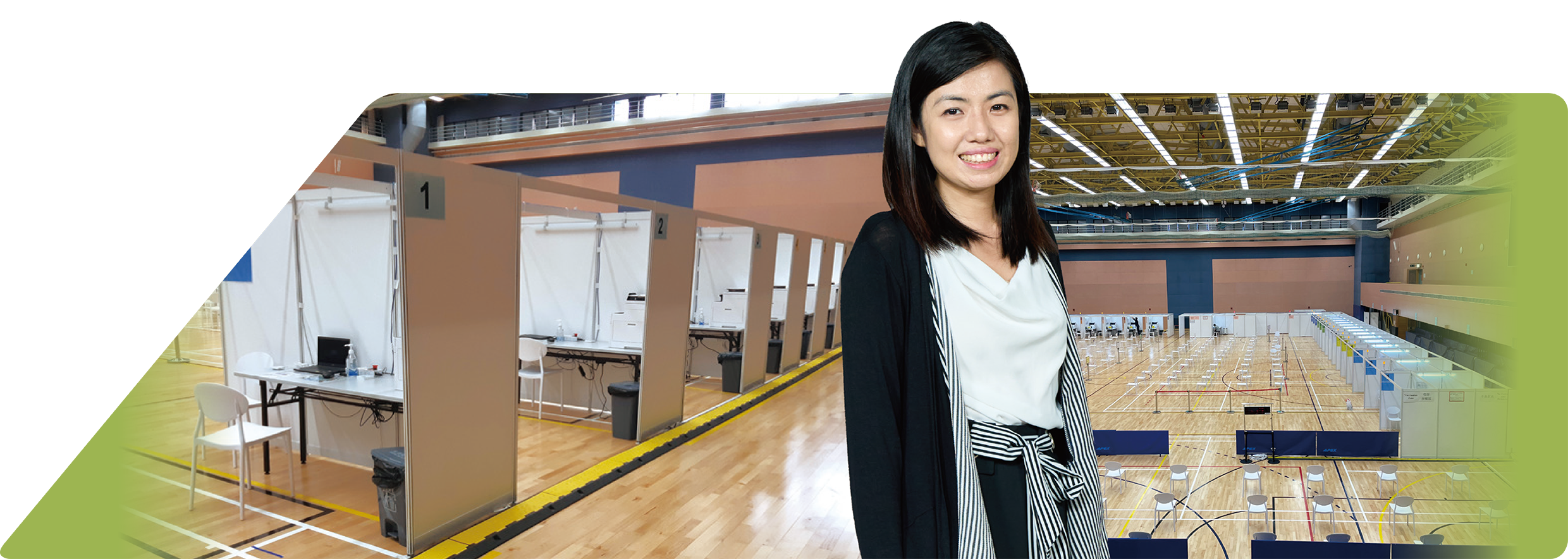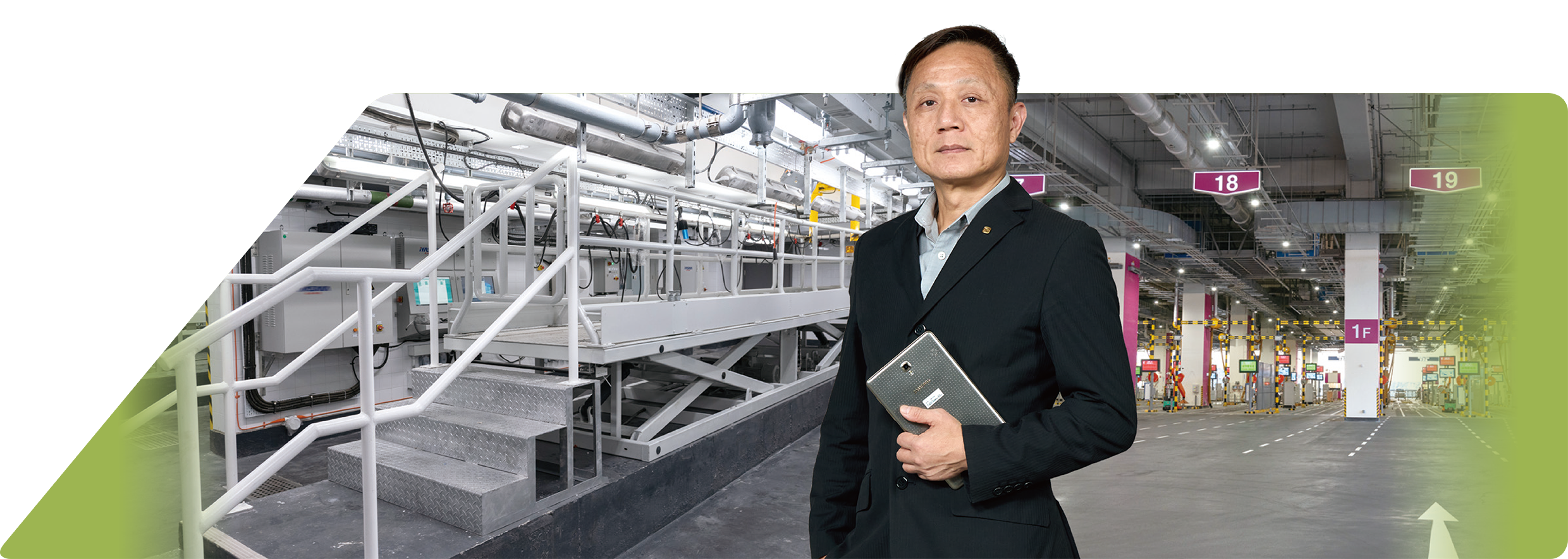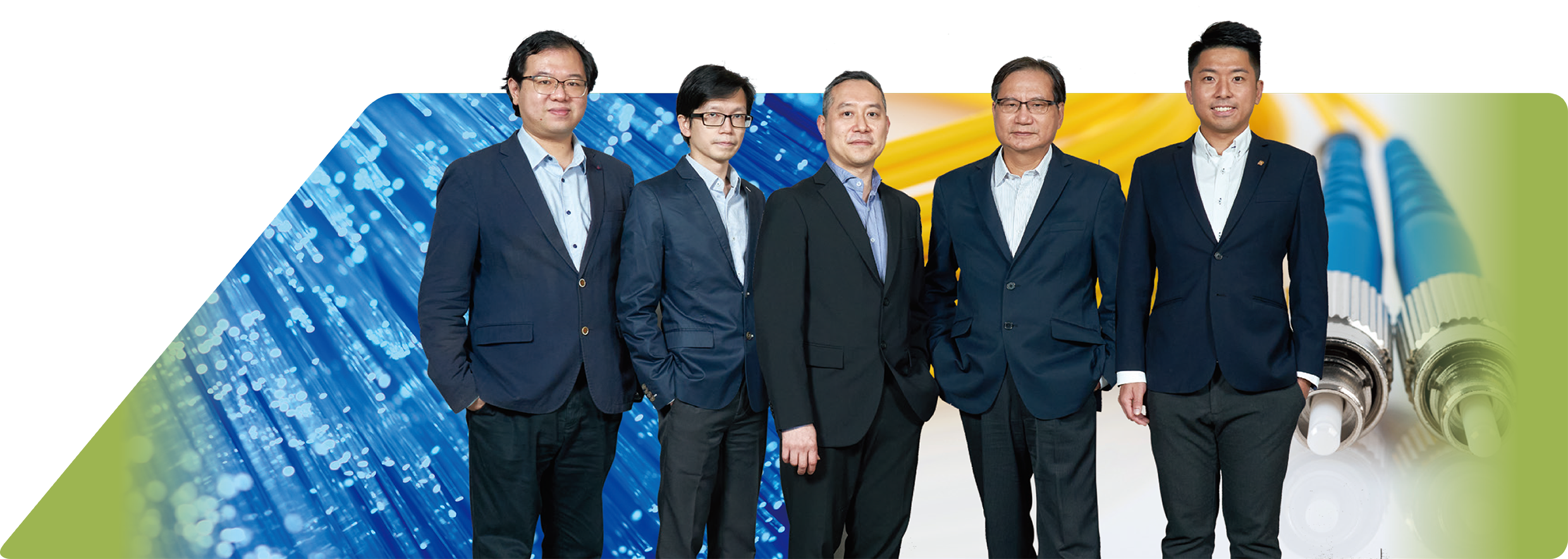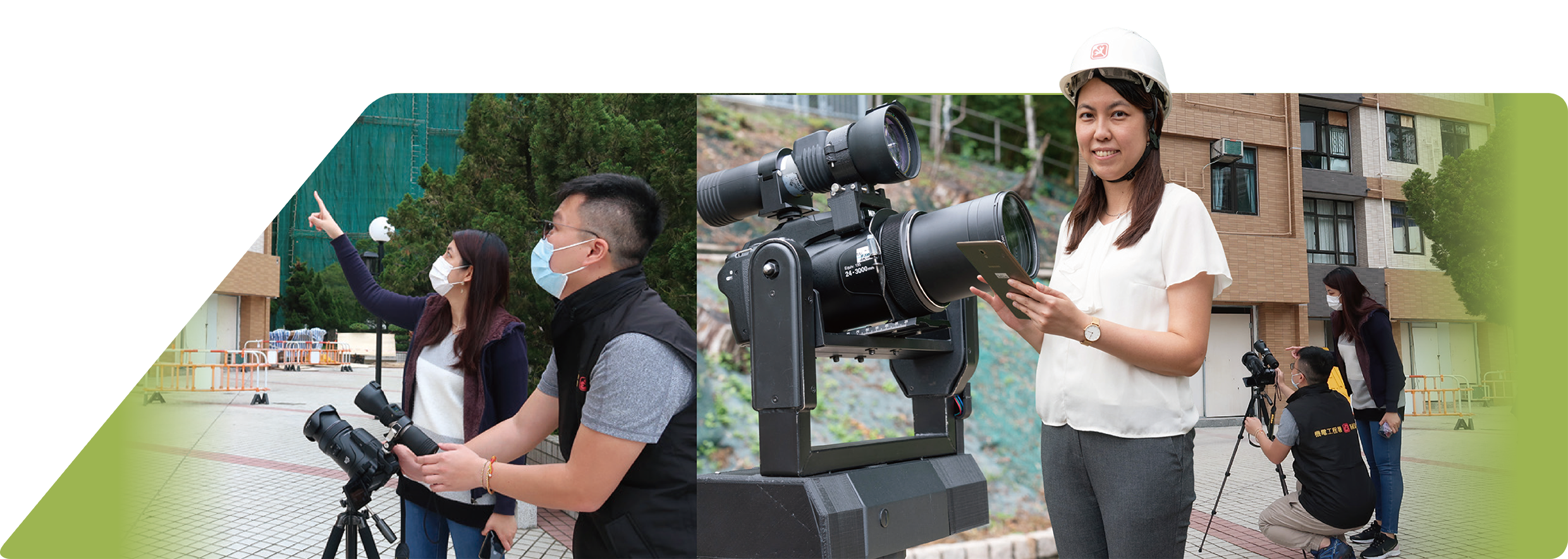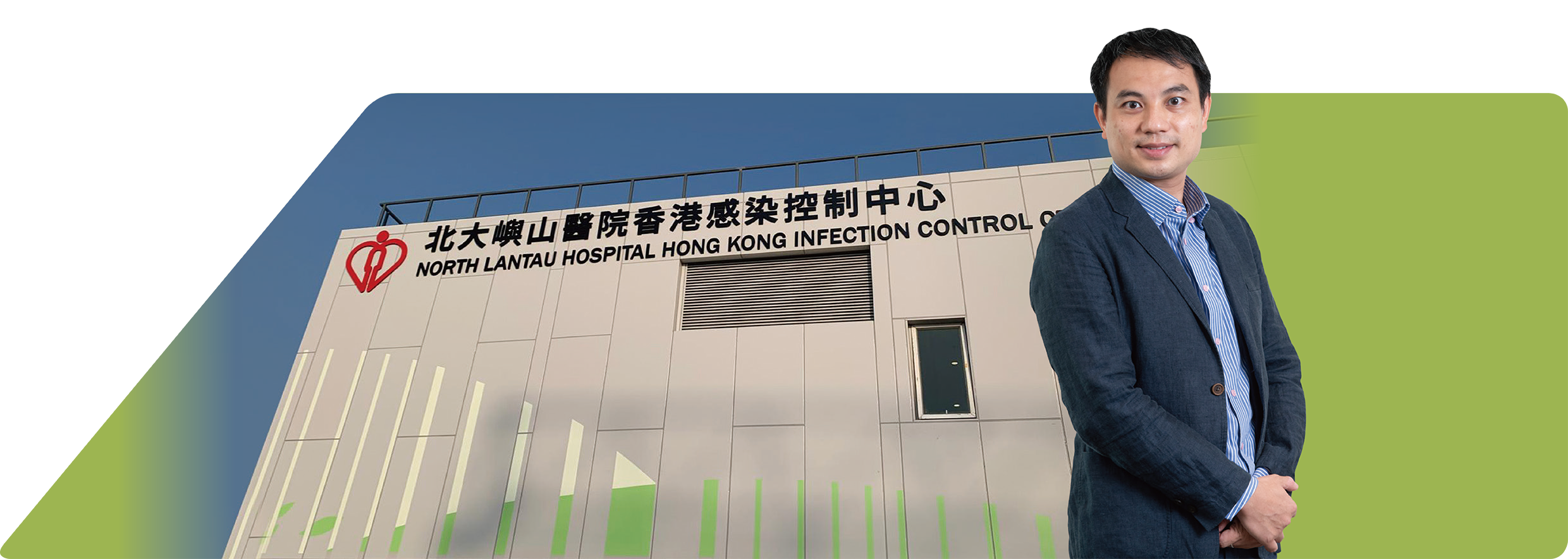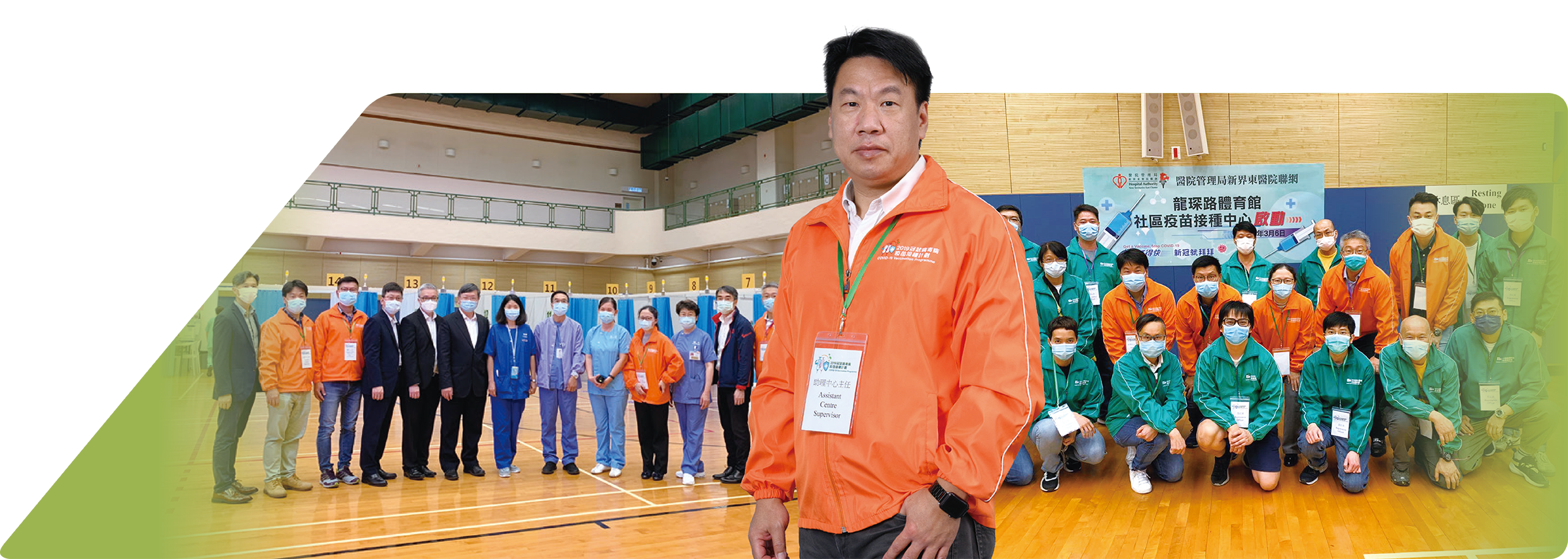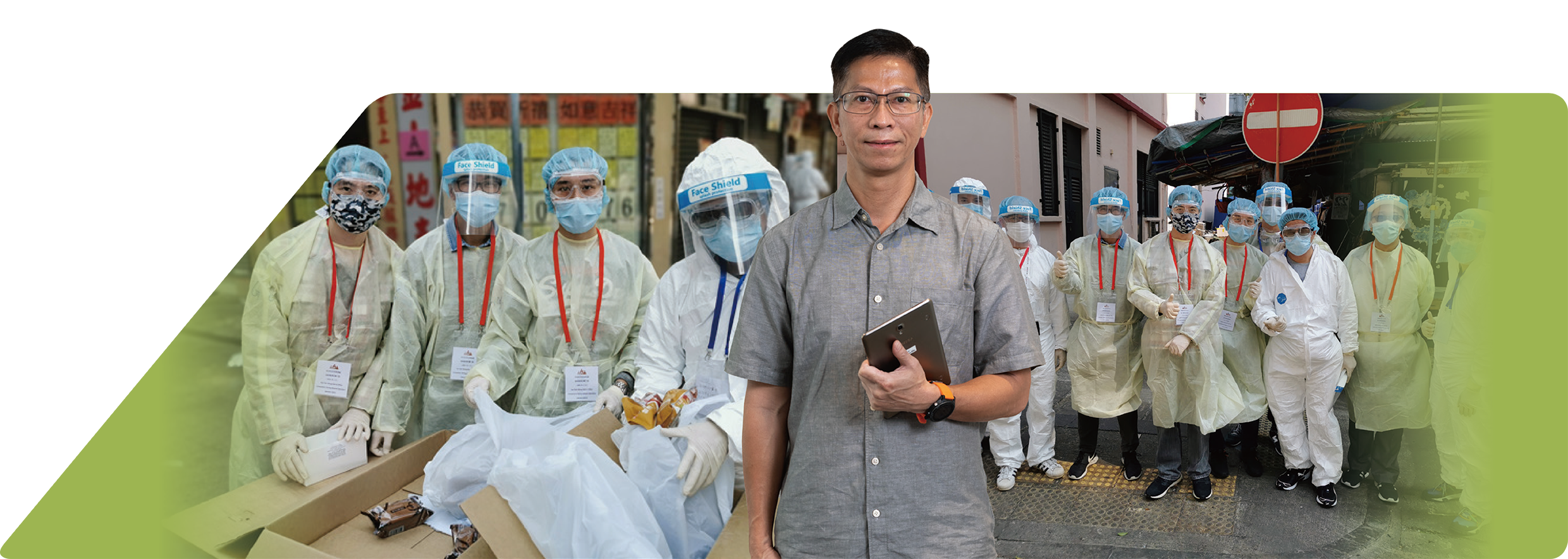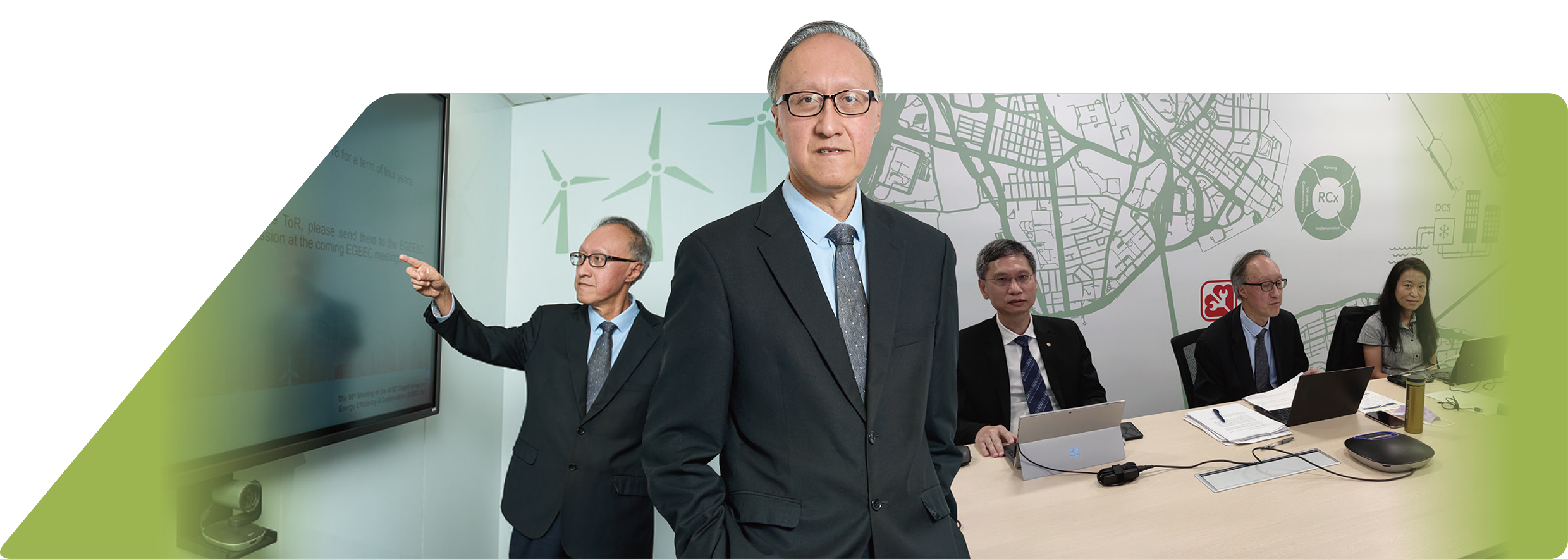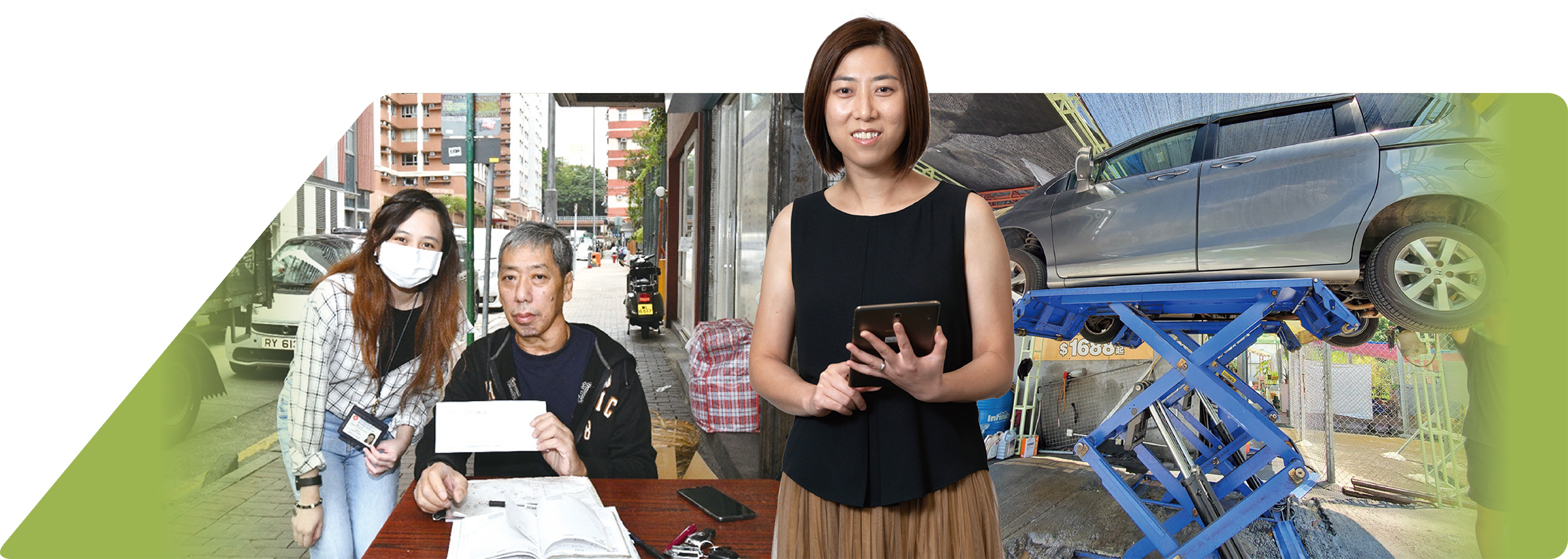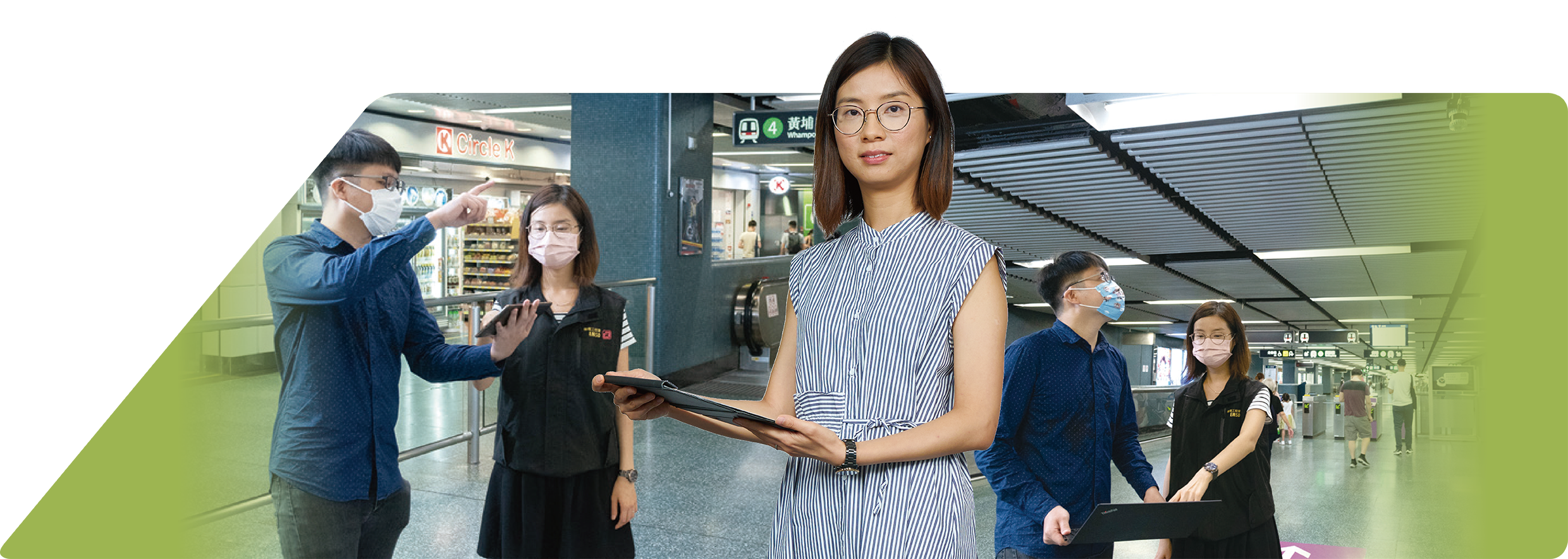
Protecting the Safety of MTR Escalator Users with Technology
In recent years, certain railway incidents involving passengers were attributed to improper use of escalators, such as travelling on escalators while carrying bulky items, or using wheelchairs or prams. To prevent such accidents, the Railways Branch (RB) sourced a technological solution for adoption by the MTR Corporation Limited (MTRCL). Ms Au Wing-sze, Yolanda, the RB's engineer responsible for railway building services, was a key facilitator of the initiative.
Ms Au said that the RB received a HK$500,000 TechConnect (Block Vote) funding for the project in 2019/20. Following a tender in June 2020, the project's contractor was confirmed in July, and an agreement was secured with the MTRCL to trial the solution at Choi Hung Station. The station was chosen as it was not the busiest stations, and inconvenience to passengers could be minimised. Data also showed that the station had a fair share of passengers carrying bulky items, bicycles or prams.
When evaluating technological solutions, Ms Au and the team had compared options like video analytics, radar, thermal imaging camera or Light Detection And Ranging (LiDAR) technologies. Considering that video analytics might raise privacy concerns, data collected by the radar might not be accurate when the objects overlapped, and thermal imaging could not detect things with no temperature, the team went for the LiDAR as it fulfilled all technical requirements and would not capture facial images which might present privacy issues.
The LiDAR solution involves installing a stand-alone device about the size of a CCTV camera on the ceiling. It can map three-dimensional point cloud of an object in real-time to accurately determine its size and type, and even a person's walking pace and path to identify if help is required from the station staff. If the device detects a person entering the station carrying lengthy objects or metallic balloons, station staff will be immediately alerted to stop them from boarding trains.
When the LiDAR device detects people entering the turnstiles with bulky objects or prams, it will broadcast and project a specific multi-media message to the ground in front of the targeted people to remind them to use the lifts. If the message is ignored and the targeted persons head towards the escalators, the system will repeat the broadcast near the escalators, making sure those persons and passengers nearby get the message about safe use of escalators.
"The solution can also provide robust multi-dimensional data, such as human traffic flow, to support other operational functions. For example, it can show the time period in which there will be more people carrying bulky items. The data can be used as references for formulating safety promotion strategies. It's much more proactive than the previous practice of devising safety campaigns based on incident numbers alone," Ms Au said.
She also remarked, "The solution can also be used at government buildings with escalators, for facilitating public education about safe use of escalators. It goes to show that an innovative solution initiated by the EMSD for railway passenger safety can deliver spin-off applications that benefit all walks of life."
When evaluating technological solutions, Ms Au and the team had compared options like video analytics, radar, thermal imaging camera or Light Detection And Ranging (LiDAR) technologies. Considering that video analytics might raise privacy concerns, data collected by the radar might not be accurate when the objects overlapped, and thermal imaging could not detect things with no temperature, the team went for the LiDAR as it fulfilled all technical requirements and would not capture facial images which might present privacy issues.
The LiDAR solution involves installing a stand-alone device about the size of a CCTV camera on the ceiling. It can map three-dimensional point cloud of an object in real-time to accurately determine its size and type, and even a person's walking pace and path to identify if help is required from the station staff. If the device detects a person entering the station carrying lengthy objects or metallic balloons, station staff will be immediately alerted to stop them from boarding trains.
When the LiDAR device detects people entering the turnstiles with bulky objects or prams, it will broadcast and project a specific multi-media message to the ground in front of the targeted people to remind them to use the lifts. If the message is ignored and the targeted persons head towards the escalators, the system will repeat the broadcast near the escalators, making sure those persons and passengers nearby get the message about safe use of escalators.
"The solution can also provide robust multi-dimensional data, such as human traffic flow, to support other operational functions. For example, it can show the time period in which there will be more people carrying bulky items. The data can be used as references for formulating safety promotion strategies. It's much more proactive than the previous practice of devising safety campaigns based on incident numbers alone," Ms Au said.
She also remarked, "The solution can also be used at government buildings with escalators, for facilitating public education about safe use of escalators. It goes to show that an innovative solution initiated by the EMSD for railway passenger safety can deliver spin-off applications that benefit all walks of life."

